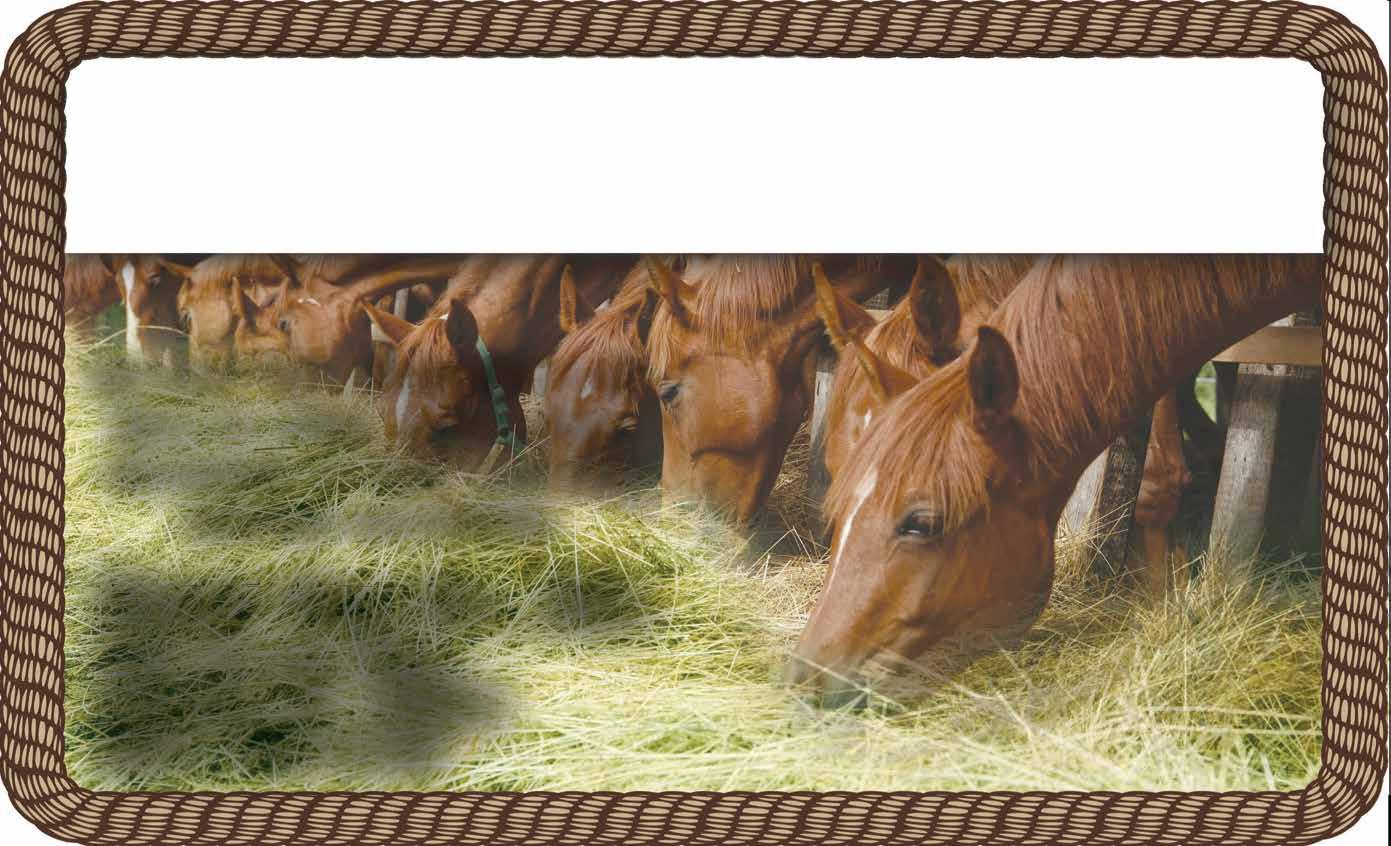
5 minute read
Organic Fly Spray
The first organic, non-chemical fly spray for horses, pets and other animals
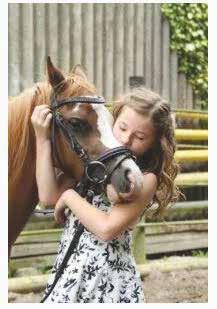
Advertisement
Stop Bugg’n Organic fly spray is a unique blend of essential oils in an organic base. This lightly-scented, all-natural formula is proven to repel flies for hours!

NO Harsh Chemicals NO Oily Residue www.StopBuggn.net
Our product is made with the utmost concern for our pets and our planet.
Contains NO Citronella, Eucalyptus or Tea Tree oil.
Safe for all your barnyard friends!
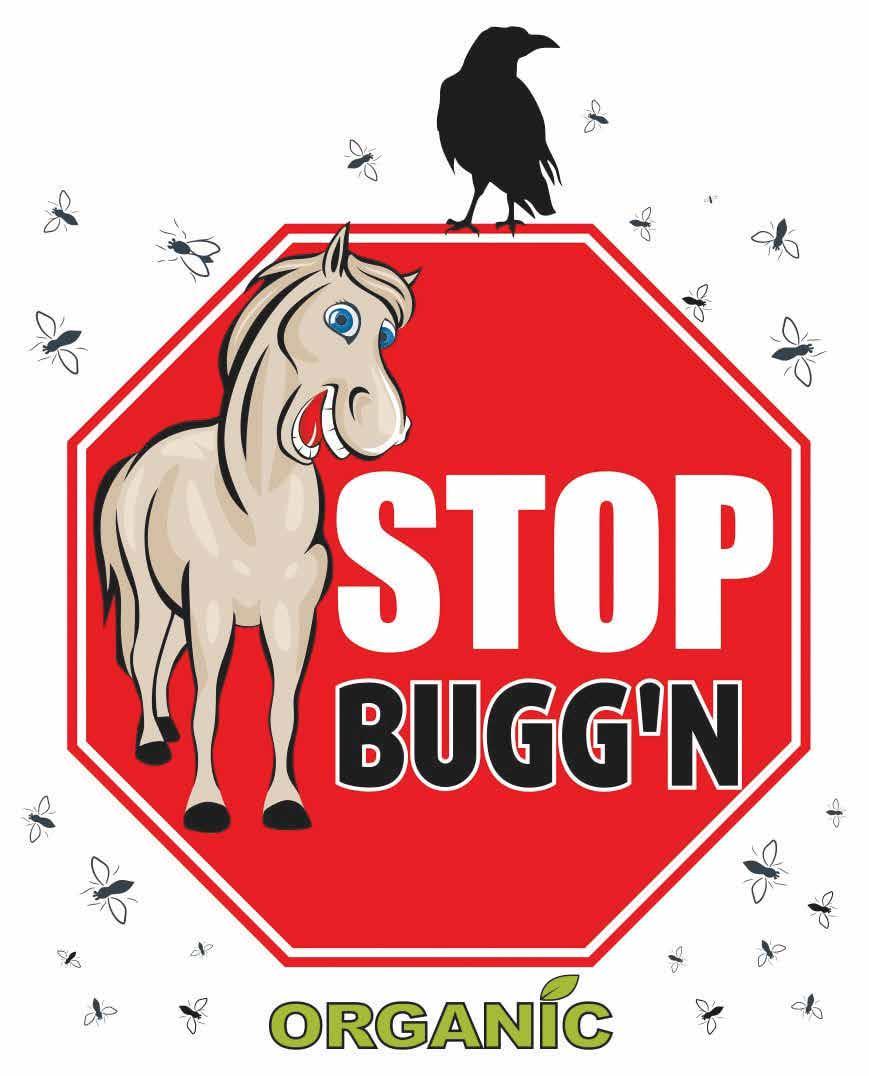
Non-toxic & Environmentally friendly

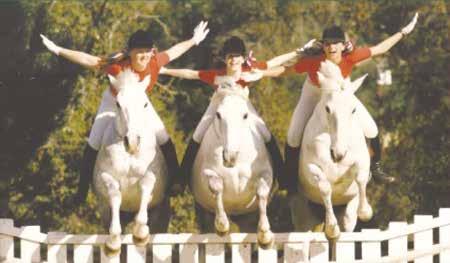
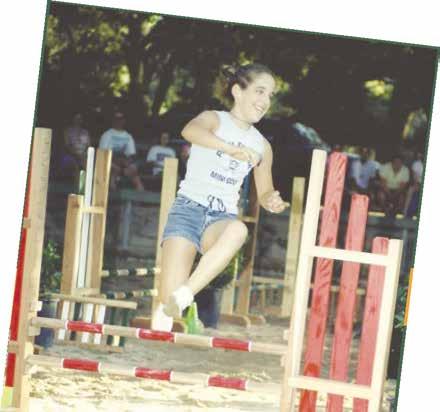
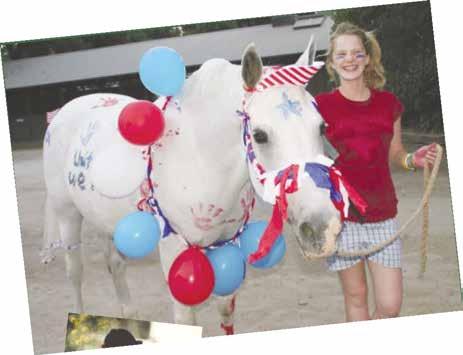
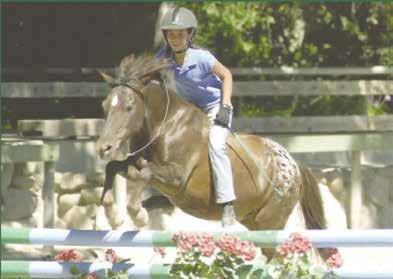
COLIC SURGERY: THEN AND NOW

Written by Dr. Richard Giacopuzzi, D.V.M.
Nutritional supplementation has proven to be a valuable adjuvant to a low grain, healthy fat diet. Omega-3 fatty acids can directly diminish bowel inflammation. By adding omega-3s, antioxidants, and micronutrient supplementation to the diet, the horses’ body is given what hay alone cannot provide pressure monitoring were soon added making anesthesia quite safe. need for surgery.
Successful colic surgery is now a routine part of treatment in today’s world of modern veterinary medicine, however, this wasn’t always the case. It was not all that long ago that horses going through colic surgery had a zero percent chance of survival. However hard to imagine, prior to the 1960’s, very little was known about colic and its treatment. Before 1968, most colics received typical laxatives such as mineral oil and magnesium sulfate with repeated stomach tubing; surgery was never considered a viable option. In 1968 the team at UC Davis operated on 26 colic cases going 0 for 25 before finally getting a survivor in #26!
In the 1970’s significant advancements were made in the diagnosis and treatment of colic as information from research labs was brought into routine clinical practice. From that first survivor at UC Davis almost a half a century ago, diagnosis, medical treatment and the surgical approach to colic have evolved significantly with many discoveries molding our modern approach to this complex and deadly condition.
This article will discuss the critical break-throughs, including advances in anesthesia, pharmaceuticals, nutrition, intensive care, and overall understanding by veterinarians and horse owners.

Starting with a zero chance of survival meant that surgery outcomes could only get better. Veterinarians at UC Davis began testing new techniques, tools, and procedures hoping to improve the clinical outcome for colic surgery.
General Anesthesia
Huge improvements were made in general anesthesia under the guidance of Dr. Eugene Steffey. Anesthesia used to be fairly primitive, using dangerous injectables paired with casting ropes to immobilize a 1200 pound patient. With the advent of inhalable anesthetics such as halothane, general anesthesia improved markedly. Safety for the veterinarians and horses alike improved greatly due to the ability to provide much needed oxygen and intravenous fluids to compromised patients while under inhalable anesthetic gases. To compliment the gas anesthesia, mechanical ventilation and blood
Race Against Time
Even with improved anesthesia and surgical techniques, survival rates were still disappointing because horses were still getting referred to surgery too late. Veterinarians and clients alike began to be educated on the advantage of early referral and placing horses “on the table” in an expedient fashion. Survival rates soon went from 25% to 85%. Some of this improvement was a better understanding of physiology, but the major component was getting surgery done earlier in the disease process.
We can’t discuss the timelines of referral without talking about Banamine (Flunixin Meglumine). Banamine is an example of an important tool used in the treatment of colic that also has a flip side. While reversing the effects of endotoxemia and alleviating pain, it unfortunately can also mask symptoms and hide the need for surgery. With better understanding of the use of this powerful drug, veterinarians have learned to adjust their evaluations of a colic horse post Banamine injection and monitor the patient for signs indicating a
Colon Resection/Bowel Resection
In years past, horses with colon torsions or strangulating small intestines had poor survival rates due to the toxic effects of the compromised or dead bowel. As techniques of removing poorly perfused bowel has improved, survival rates for these “twisted” horses has also improved. In certain situations, surgeons will remove a section of the twisted colon to decrease the chances of the torsion re-occurring in the future. Along with improved surgical techniques, adjuvant therapies with medications to fight endotoxin and laminitis have further improved survival rates.
The Post-Op Diarrhea
Now that more and more horses were surviving surgery, attention turned to improving post-operative care. One of the primary threats to the post-operative colic was diarrhea, caused by the use of prophylactic antibiotics, the stress of not eating, and clostridial toxins. However, the use of these antibiotics has the propensity to disrupt the gut’s natural flora contrasting the positive effects of preventing infection.
This led to the introduction of intestinal protectants, the most well know being Biosponge. Biosponge attracts bacterial toxins inside the intestinal tract and absorbs them before they can devastate the horse’s circulatory system. Whether used prophylactically or therapeutically, Biosponge usage, along with a decreased reliance on antibiotics, has made post-op diarrhea an uncommon occurrence.
In the early years of colic surgery, horses that had undergone surgery were fasted. Post-op diarrhea rates were high constantly threatening the horse’s chances for a successful outcome. As veterinarians began to question this fasting, horses were being offered food sooner and sooner post-operatively. Today, horses are offered oral feed as soon as 12-24 hours post-surgery, providing much needed calories and protein and helping maintain a normal gut flora. Certain companies, such as Platinum Performance (Enteral Immunonutrition Formula), have supplements containing finely ground micro nutrients and probiotics essential for the compromised intestinal tract.
Even with improved anesthesia and surgical techniques, survival rates were still disappointing because horses were still getting referred to surgery too late. Veterinarians and clients alike began to be educated on the advantage of early referral and placing horses “on the table” in an expedient fashion.
Survival rates soon went from 25% to 85%.
Influence of Diet and Nutrition
Many veterinarians are convinced that colic can be prevented and that it is heavily influenced by diet. Dr. Nat White (Director at Virginia Tech’s Marion duPont Scott Equine Medical Center) has looked at how the role of high grain, and even bran, can lead to an increased incidence of colic. Horses’ intestinal tracts are designed to be on “pasture” 24 hours a day, with constant grazing. As natural grazers, modern feeding practices of 2-3 meals a day with grains and concentrates easily shifts the intestinal microbes, setting the stage for a malfunction. For those horses where constant grazing is unrealistic, feeding moderate amounts of grain with high quality forage and proper supplementation is the best way to decrease the risk of colic.
Nutritional supplementation has proven to be a valuable adjuvant to a low grain, healthy fat diet. Omega-3 fatty acids can directly diminish bowel inflammation. By adding omega-3s, antioxidants, and micronutrient supplementation to the diet, the horses’ body is given what hay alone cannot provide.
The Future
With the progress made in identifying risk factors, prevention, early referral and surgical techniques in colic over the last 50 years, it’s not hard to imagine the future holding great promise. Much of the current research is in the area of diet, nutrition, bowel inflammation and the equine microbiome. Thinking of the strides made, going from 0-90% success rate in colic surgery survival, the future is bright for our equine friends. Hopefully someday, with proper nutrition and management, colic surgery will be a rare but successful occurrence.
The author would like to thank Platinum Performance for using their article 0-90 as a reference.
Please contact: Humphrey, Giacopuzzi & Associates Equine Hospital in Somis to set up an appointment for all your Equine health needs. You can reach them at: (805) 386-4291










